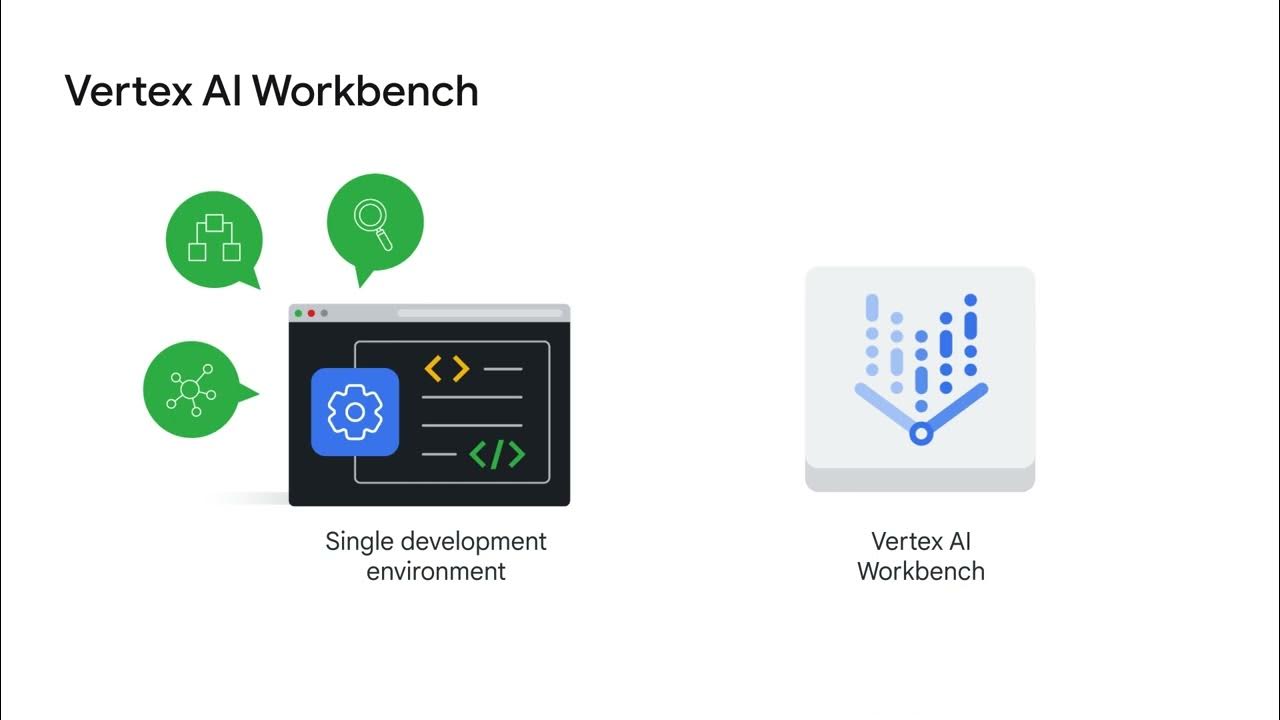Five Steps to Create a New AI Model
Summary
TLDRDeep learning has revolutionized AI model development with foundation models, streamlining the process from data preparation to deployment. These models, adaptable through fine-tuning, accelerate specialized AI creation. The workflow involves data preparation, model training, validation, tuning, and deployment. IBM's Watsonx platform facilitates this, encompassing data management, governance, and AI interaction, promoting efficient AI lifecycle management.
Takeaways
- 🤖 **Deep Learning Specialization**: Deep learning allows for the creation of specialized AI models such as chatbots and fraud detection systems.
- 🔄 **Foundation Models**: Foundation models provide a base that can be fine-tuned for specific applications, streamlining the AI development process.
- 💾 **Data Preparation**: Stage 1 involves preparing large amounts of data from various domains, including categorization and filtering.
- 🏗️ **Model Training**: Stage 2 is about training the model on the prepared data piles, which can involve various types of foundation models.
- 🔍 **Validation**: After training, models are benchmarked in Stage 3 to assess their performance and quality.
- 🛠️ **Fine-Tuning**: In Stage 4, non-AI experts can fine-tune the model with local data to improve its performance.
- 🚀 **Deployment**: Stage 5 covers deploying the model either as a service in the cloud or embedded in an application.
- 🌐 **IBM's Watsonx**: IBM's Watsonx platform supports all stages of the AI model development workflow.
- 💧 **Watsonx.data**: Watsonx.data is a data lakehouse that connects to data repositories for Stage 1.
- 📋 **Watsonx.governance**: Watsonx.governance manages data and model cards for governance and lifecycle management.
- 🤝 **Engagement**: Watsonx.ai enables application developers to engage with the model in Stage 4.
Q & A
What is the significance of deep learning in building specialized AI models?
-Deep learning allows for the creation of detailed and specialized AI models, such as customer service chatbots or fraud detection systems in banking, by training them with large amounts of labeled data.
What is the traditional process of building a new AI model for a specific specialization?
-The traditional process involves starting from scratch with data selection and curation, labeling, model development, training, and validation for each new specialization.
How do foundation models change the traditional AI model development paradigm?
-Foundation models provide a centralized base model that can be fine-tuned and adapted to specialized models, speeding up the development process.
What is the purpose of fine-tuning a foundation model?
-Fine-tuning adjusts a foundation model to a specific use case by training it with relevant data, which can significantly reduce the time and computational resources required.
What are the five stages of the workflow to create an AI model as described in the script?
-The five stages are: 1) Prepare the data, 2) Train the model, 3) Validate the model, 4) Tune the model, and 5) Deploy the model.
What types of data are used in Stage 1 of the AI model creation workflow?
-Stage 1 uses a combination of open source data and proprietary data across various domains, which may include petabytes of data.
What data processing tasks are performed during the preparation of data in Stage 1?
-Data processing tasks include categorization, filtering for inappropriate content, and removal of duplicates, resulting in a base data pile.
How does the selection of a foundational model affect the training process in Stage 2?
-The choice of foundational model influences the training process by determining the type of data it will work with and the complexity of the model, which can affect training duration and resource requirements.
What is the role of the application developer in Stage 4 of the AI model workflow?
-In Stage 4, the application developer engages with the model to generate prompts and may provide additional local data to fine-tune the model for better performance.
How does the IBM Watsonx platform support the AI model creation workflow?
-IBM Watsonx supports the workflow with three elements: Watsonx.data for data management, Watsonx.governance for data and model governance, and Watsonx.ai for application developer engagement.
What benefits do foundation models offer in terms of AI model development?
-Foundation models enable the creation of sophisticated AI applications more quickly by providing a base model that can be adapted to various specializations through fine-tuning.
Outlines

This section is available to paid users only. Please upgrade to access this part.
Upgrade NowMindmap

This section is available to paid users only. Please upgrade to access this part.
Upgrade NowKeywords

This section is available to paid users only. Please upgrade to access this part.
Upgrade NowHighlights

This section is available to paid users only. Please upgrade to access this part.
Upgrade NowTranscripts

This section is available to paid users only. Please upgrade to access this part.
Upgrade Now5.0 / 5 (0 votes)





